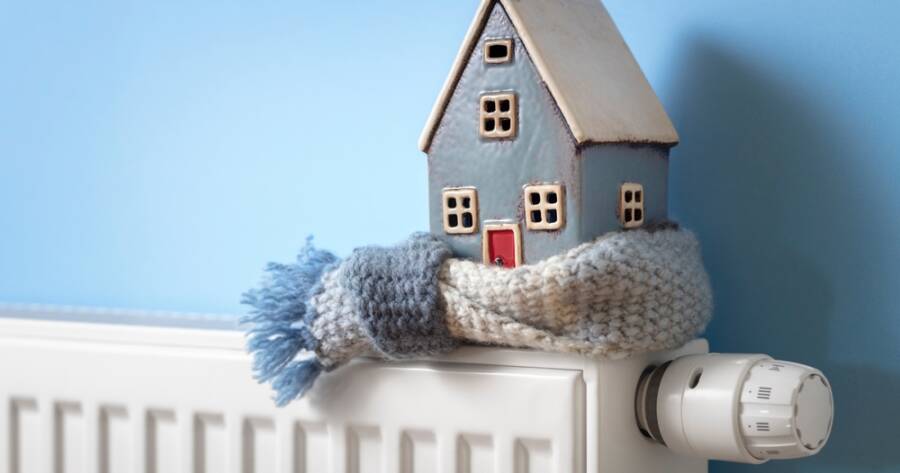Keeping your home warm in winter and cool in summer is essential for comfort and energy efficiency. Proper insulation helps maintain indoor temperatures, reducing the need for excessive heating or cooling. Many homeowners overlook simple, cost-effective insulation methods that can significantly lower energy bills. With the right strategies, you can make your home more energy-efficient without a major renovation.
Seal the Gaps: Preventing Drafts and Air Leaks
Small gaps and cracks around windows, doors, and walls can let warm air escape in winter and hot air seep in during summer. Sealing these leaks is one of the simplest ways to improve insulation.
Weatherstripping around doors and windows helps block drafts. Caulking small cracks along window frames and baseboards prevents air leaks. Even using draft stoppers along the bottom of doors can make a noticeable difference. These small fixes help stabilize indoor temperatures and reduce strain on heating and cooling systems.
Improve Attic and Wall Insulation
Heat rises, and without proper insulation, a large amount of warmth escapes through the attic. Adding or upgrading attic insulation helps keep heat inside during winter and blocks heat from entering in summer.
Many older homes have inadequate insulation in the walls as well. Blown-in insulation or foam insulation can be used to fill gaps and improve efficiency. A well-insulated attic and walls can lower energy consumption and make your home more comfortable year-round.
Use Thick Curtains and Window Coverings
Windows are a major source of heat loss in winter and heat gain in summer. Using thick, insulated curtains can prevent drafts and help regulate indoor temperatures.
During cold months, keeping curtains closed at night traps heat inside. In the summer, blocking direct sunlight with blackout curtains or reflective blinds reduces indoor heat. Window insulation film is another effective way to prevent heat transfer without sacrificing natural light.
Maximize Floor and Basement Insulation
Many homeowners overlook insulation under floors and in basements, but these areas can contribute to heat loss. Bare floors, especially those above unheated spaces, allow cold air to seep through.
Adding rugs or carpets provides an extra layer of insulation, keeping floors warmer in winter. In unfinished basements, insulating the walls with foam panels or fiberglass insulation helps prevent cold air from rising into the living areas. A well-insulated basement also improves overall energy efficiency.
Smart Thermostat: Enhancing Efficiency
Even with good insulation, heating and cooling costs can still be high if temperatures fluctuate too much. A smart thermostat helps maintain efficiency by adjusting temperatures automatically based on your schedule.
These devices allow you to program heating and cooling settings for different times of the day. Some even learn your habits and make automatic adjustments. By reducing unnecessary heating or cooling, a smart thermostat saves energy and keeps your home comfortable.
Small Changes, Big Savings
Improving home insulation doesn’t always require major renovations. Simple changes like sealing drafts, adding thick curtains, and insulating floors can make a big difference.
Investing in proper attic and wall insulation provides long-term energy savings. By making these adjustments, homeowners can enjoy a more comfortable living space while reducing energy costs throughout the year.

